In the increasingly digital age, creating and using QR codes on your blog is an effective way to enhance the reading experience for your customers. QR codes (Quick Response) are a simple yet powerful technology that allows readers to quickly access documents, websites, or other information that you want to share. Below is a detailed guide on how you can create and place QR codes on your blog to create a more engaging reading experience for your customers.
Why does using QR codes provide a better experience for readers?
1. Convenience
Customers can easily access information, products, or documents related to the content they are interested in without having to type URLs or search on other pages. This saves time and creates a user-friendly and convenient experience for users.

2. Interactivity
QR codes can be used to foster interaction between your blog and readers. For instance, you can utilize QR codes to direct readers to contests, surveys, or related articles, creating opportunities for them to engage and interact with that content.
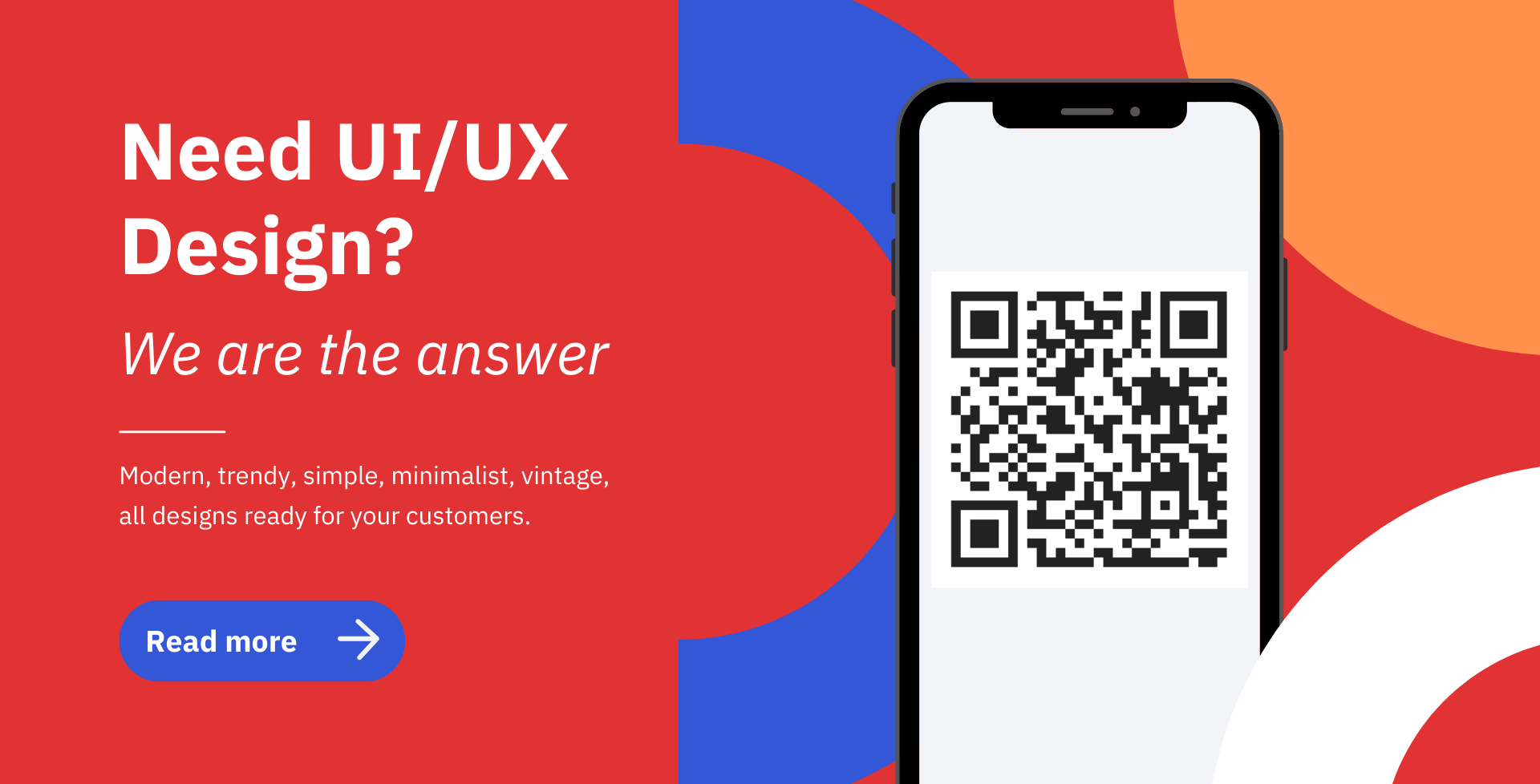
3. Quick Access
By scanning the QR code on their mobile phones, readers can access the content they need in just a few seconds. This creates a visual and fast reading experience, making it easy to access information.
4. Performance Tracking
You can track the performance of QR codes using tracking or analytics tools. This allows you to know how many times the QR code has been scanned, helping you gain a better understanding of reader interest and adjust your content accordingly for your blog.
One practical application is using QR codes for event check-ins, making it extremely easy and convenient to track the number of attendees who have participated and checked in.
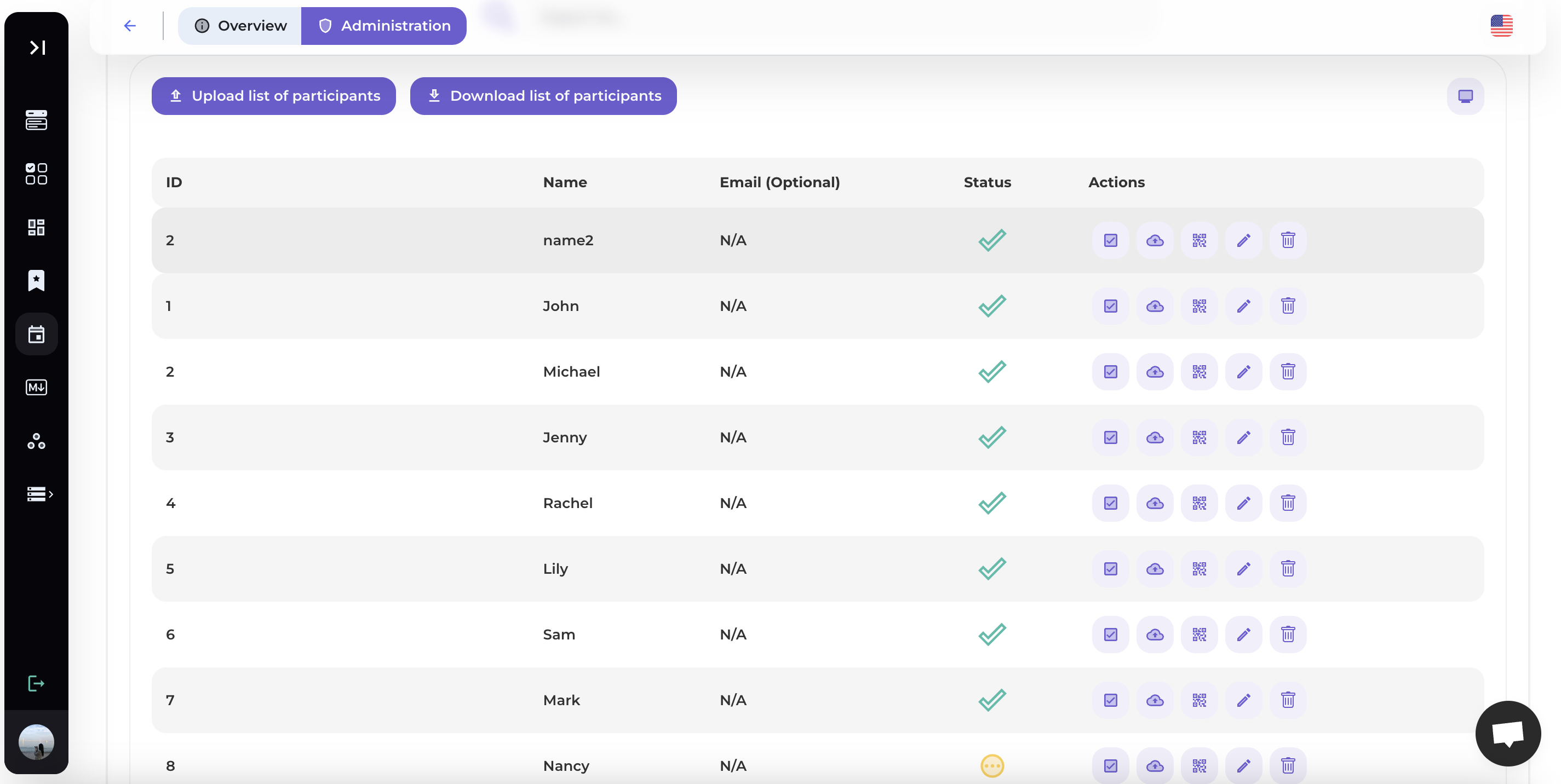
5. Customized Experience
You can customize QR codes with colors, sizes, and even add your blog's logo, creating a beautiful and unique QR code that reflects your blog's personal touch.
For example, if you want to create a QR code for a link to a delivery or transportation app or any other activity, you can choose a frame that suits the spirit of the product or post and helps your QR code blend seamlessly with images or other marketing materials. You can experience here.
.png)
How to Effectively Place QR Codes on Your Blog
Step 1: Choose Content for the QR Code
First, you need to determine the content you want to share with customers through the QR code. This can include:
- Links to specific blog posts, webpages, or products on your blog.
- Contact information: email address, phone number for customers to reach you quickly.
- Information about events or contests currently happening on your blog.
- Discount codes or special offers for readers.
Step 2: Create the QR Code
Once you've decided on the QR code's content, you need to use an online QR code generator tool. There are many free and user-friendly tools available, such as qr-code-generator, CourseMind, qrstuff.com, and more. Visit one of these websites, then input the necessary information and generate the QR code.
You can customize the color, size, or even add your blog's logo to the QR code to brand it. After you've finished customizing, download the QR code to your computer.
Creating a QR code using CourseMind QR Generator
- Access https://coursemind.io/qr-gen
.png)
- Enter the URL you wish to convert into a QR code.
.png)
- Choose the display styles for the QR code to suit your preferences.
.png)
- Upload a logo and select colors according to your preferences.
.png)
- Download your QR code
Click 'Save Image' to automatically save the QR code you have just generated.
Step 3: Place the QR Code on Your Blog
Now, you have a customized QR code ready to share with your readers. To place the QR code on your blog, you can use plugins or widgets that support QR codes on the platform you're using. Alternatively, you can treat it as an image and position it where you prefer. After placing the QR code, make sure it's in a visible and convenient location for readers to scan using a QR code reader app on their mobile phones.
Step 4: Provide Instructions for Readers
Finally, don't forget to provide a brief guide for readers on how to use the QR code. They need to know that they can use their phones to scan the QR code and access the content you've shared.
Common Types of QR Codes
You can incorporate various types of QR codes into your blog, each serving a different purpose.
1. URL - QR Code
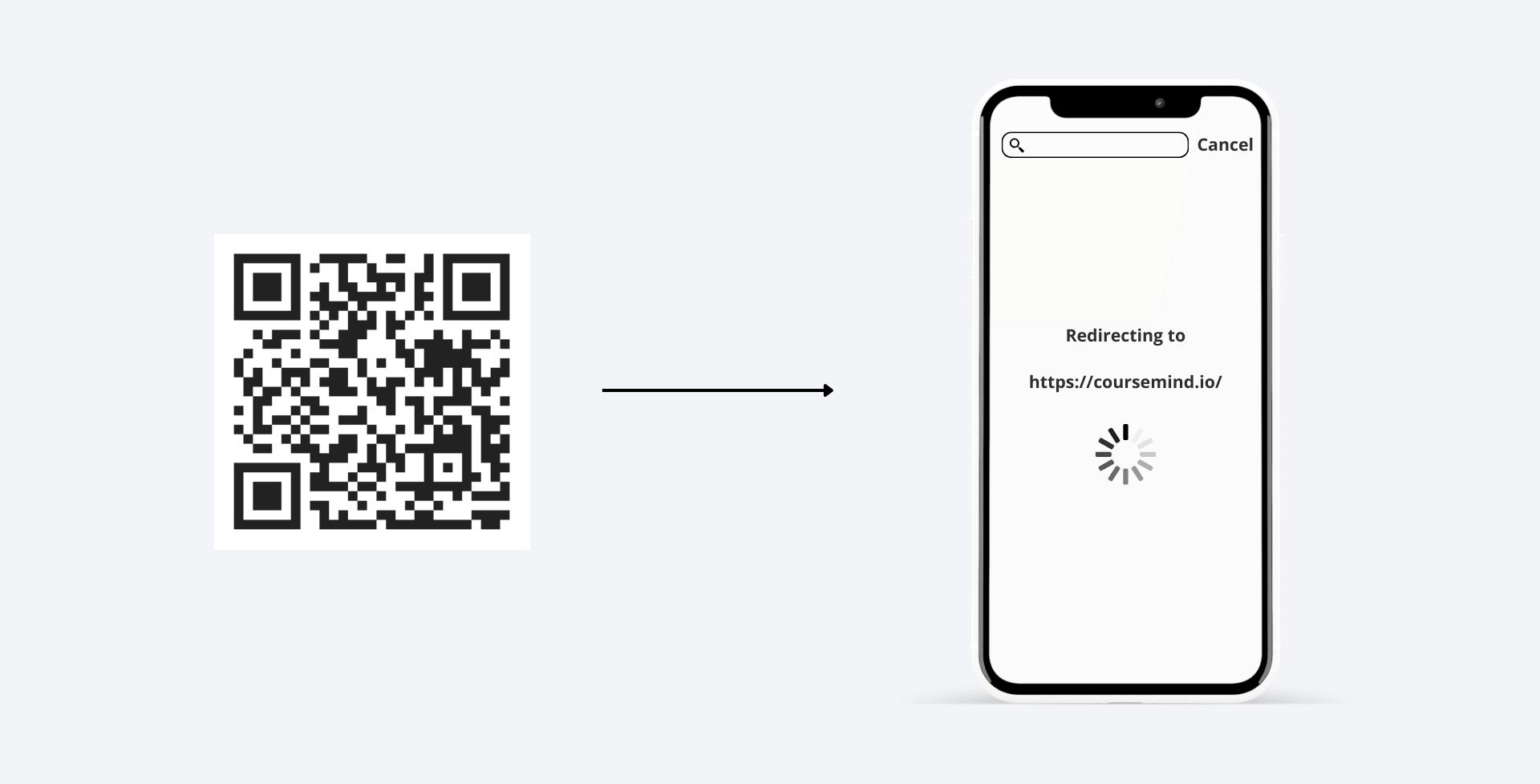
This is an important solution for converting any URL into a scannable QR code. You can utilize this type of code to create QR codes for posts on your blog, enabling readers to access them quickly on their mobile phones and improving your SEO ranking.
2. Social Media - QR Code
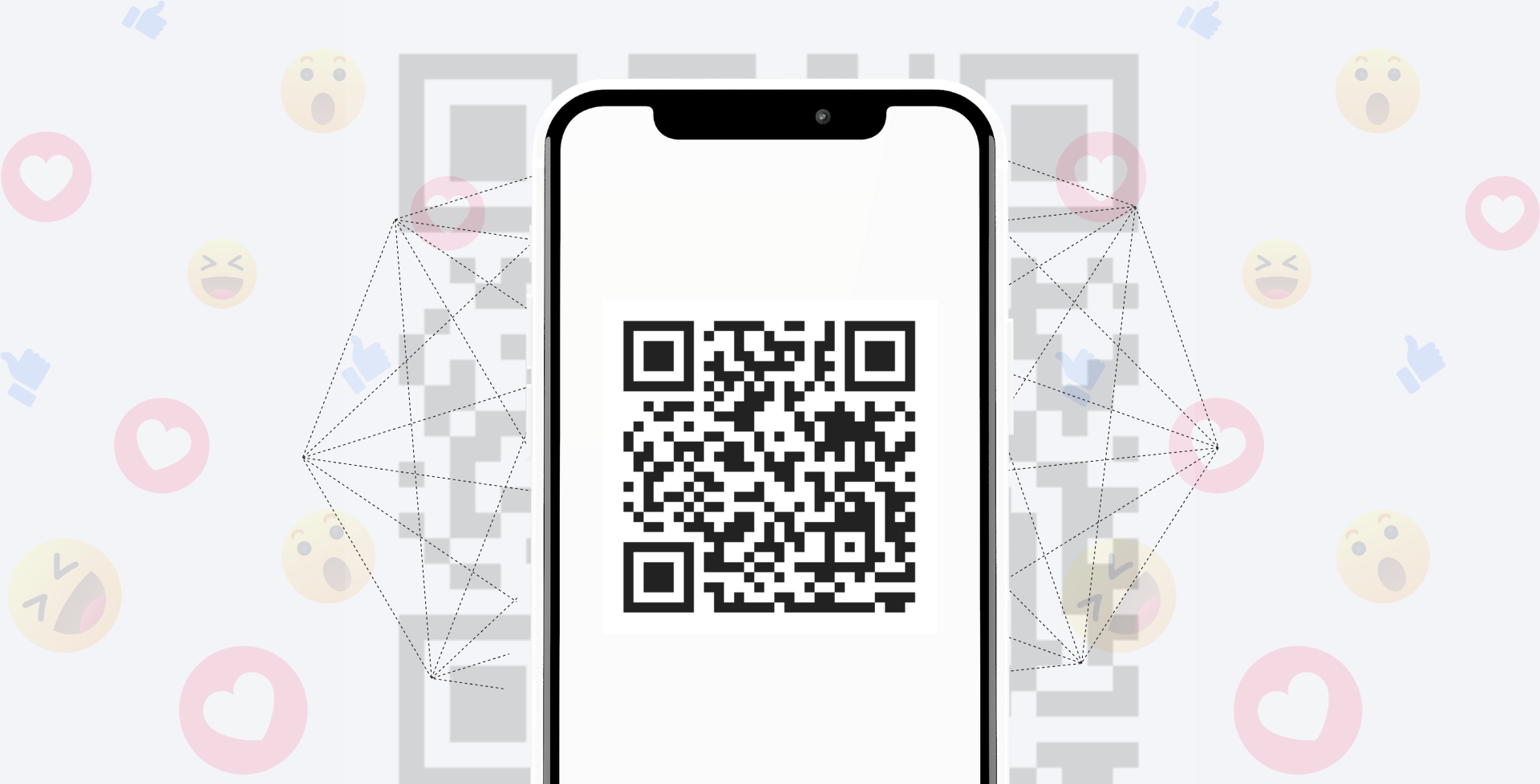
This type of code is an effective way to consolidate all your social media links into a single QR code. This helps readers find and connect with your social pages more conveniently, enhancing your interaction and visibility on these platforms.
3. App Store - QR Code
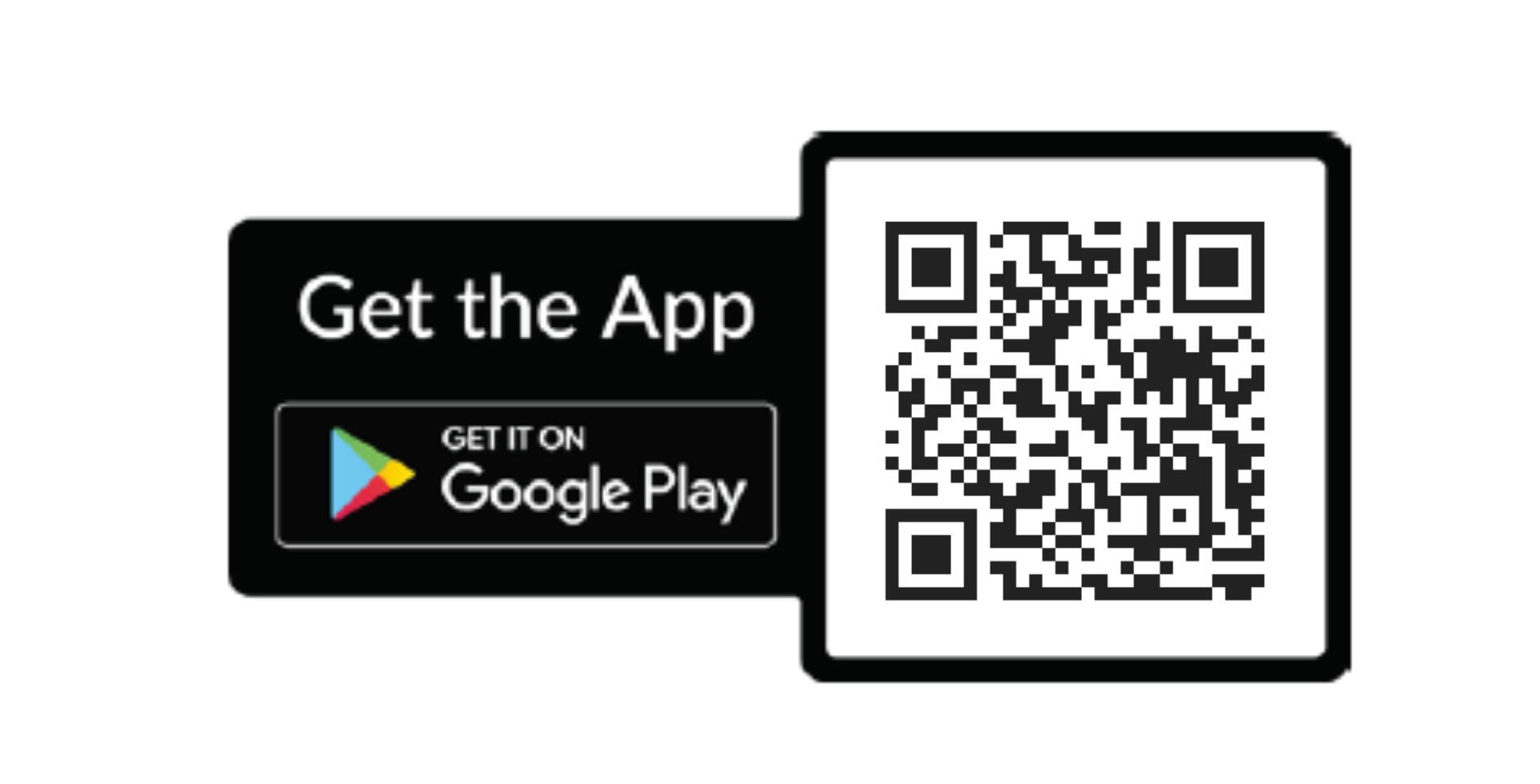
If you have a mobile app, using this QR code makes advertising your app easier than ever. With just one scan, users will be directed to the Google Play Store or App Store to download and install your app.
4. Landing Page - QR Code
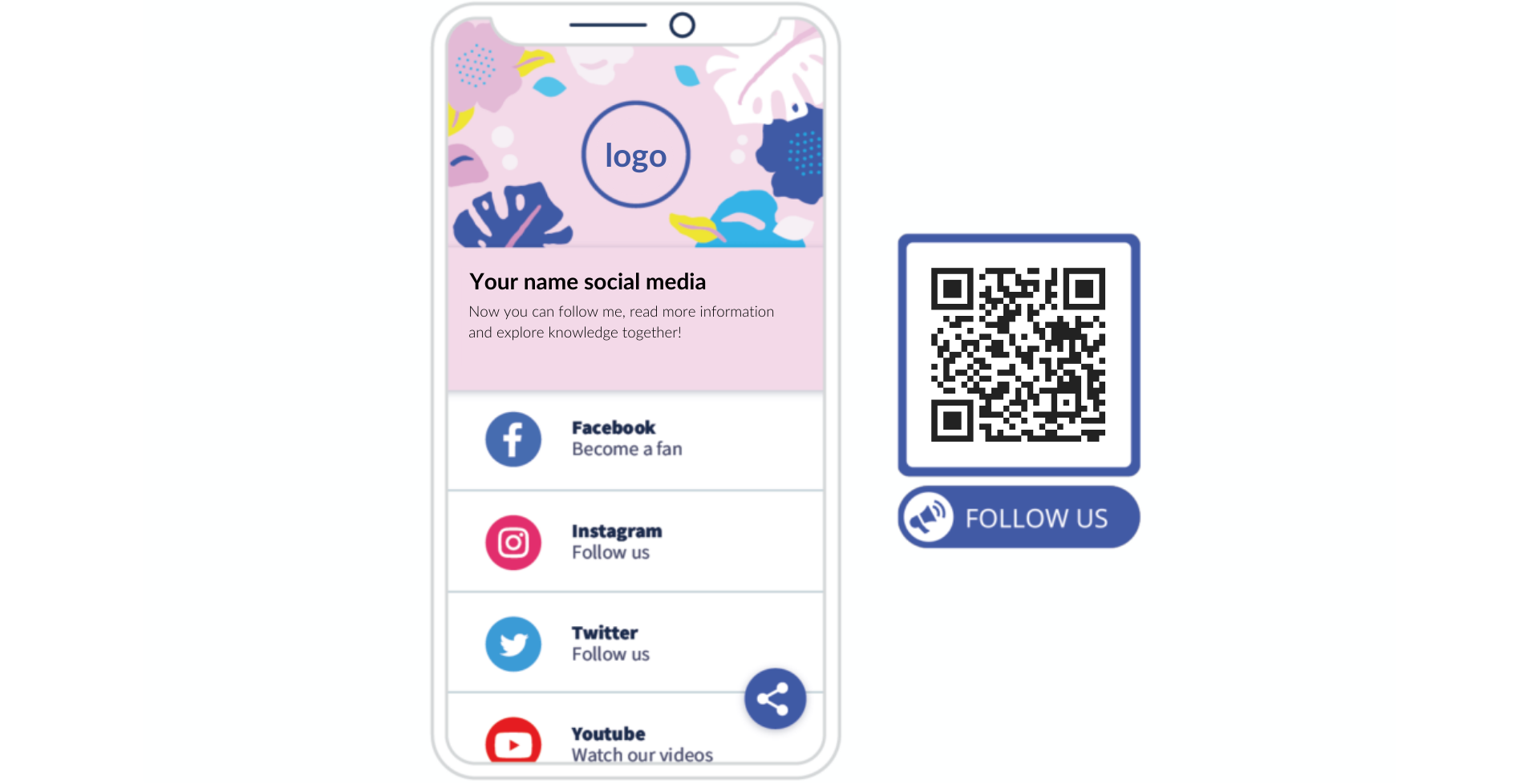
This allows you to create QR codes leading to custom landing pages or QR codes for elements within a page without the need for coding knowledge or building a website. These landing pages can include videos and multiple images, providing a unique experience for scanners and potentially improving website conversion rates. Nowadays, many content creators or affiliate marketers are using landing pages like these (e.g., Beacons) to reach users and generate significant income.
5. VCard - QR Code
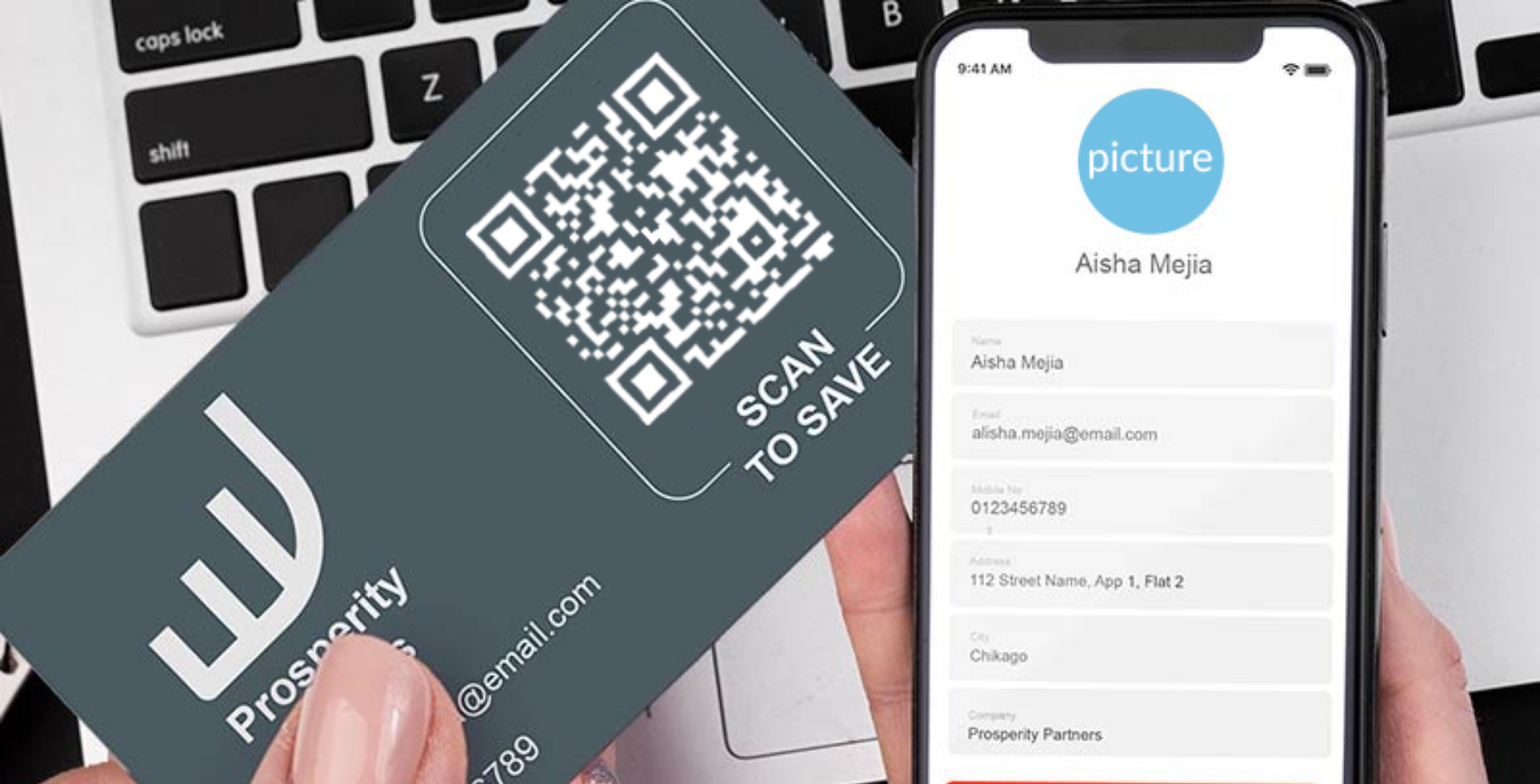
This QR code stores your contact information, including your mobile phone number, email address, social media links, and personal website. This simplifies contact and builds trust in social networks and communication.
6. Email - QR Code
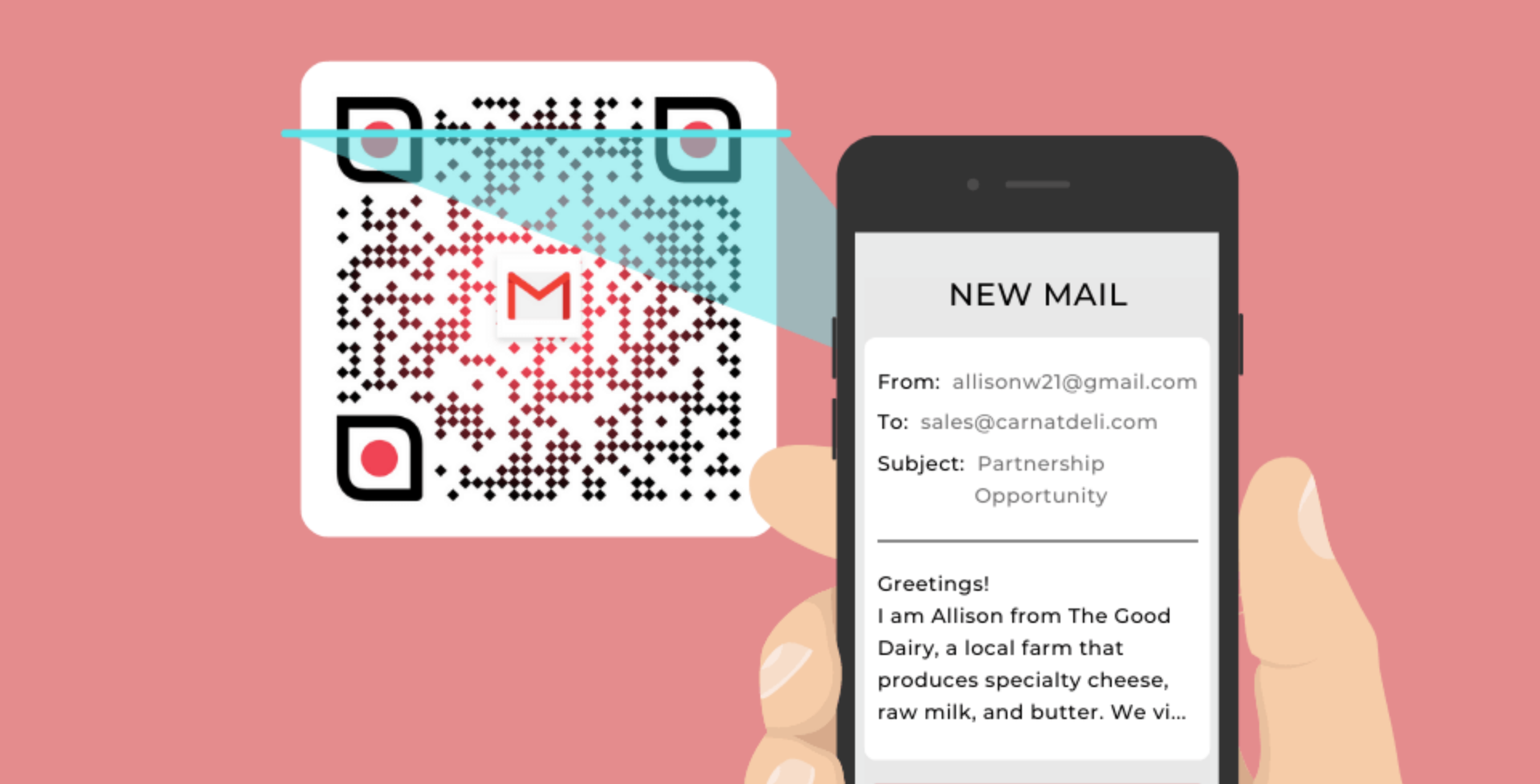
This QR code will store your email address, subject, and message content. By using the QR code, you can help readers send emails quickly and conveniently, reducing the hassle of entering data.
7. MP3 - QR Code
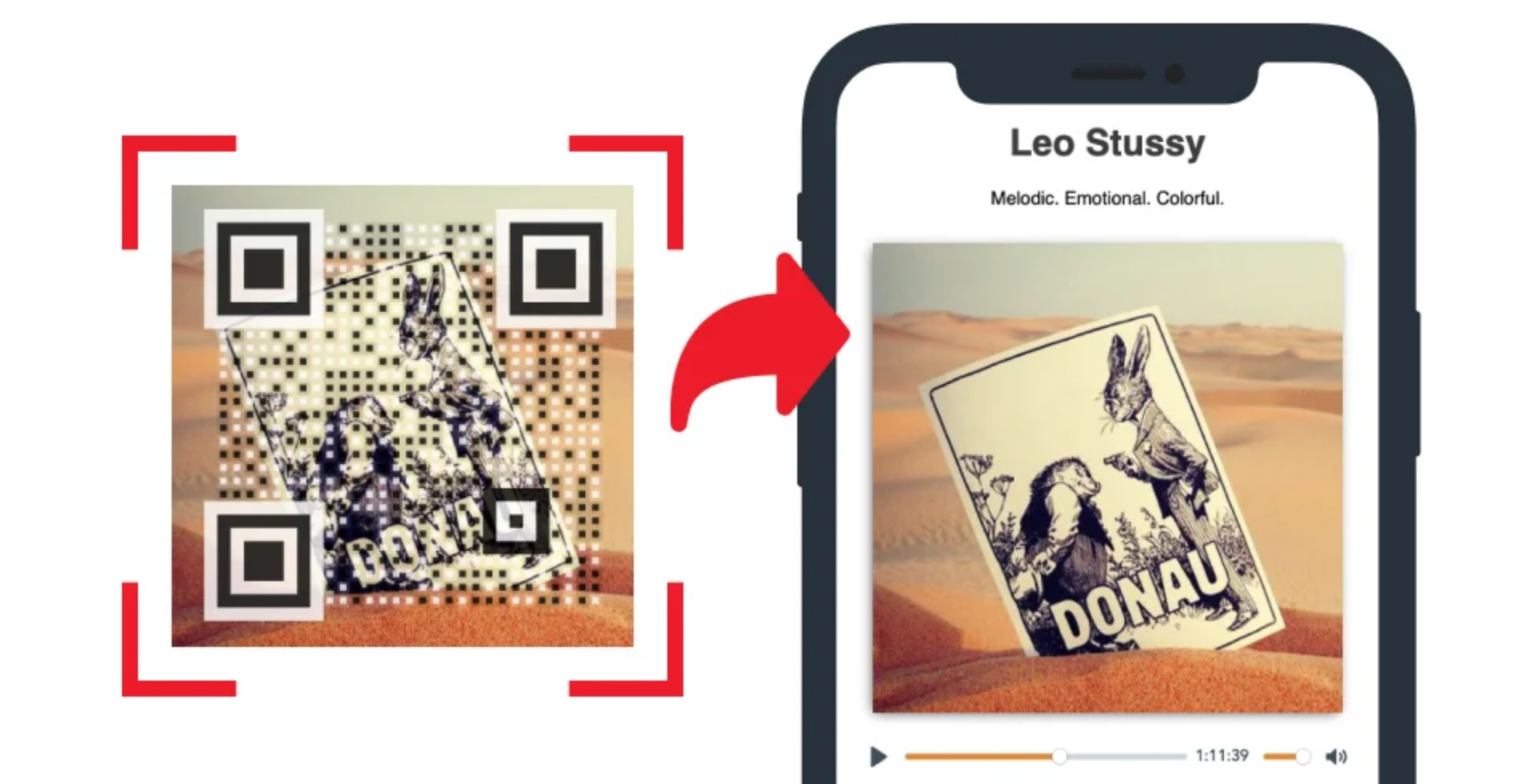
This is a type of QR code capable of storing audio files such as MP3 and WAV, allowing the scanner to listen to music on their device or download important audio files.
8. File - QR Code
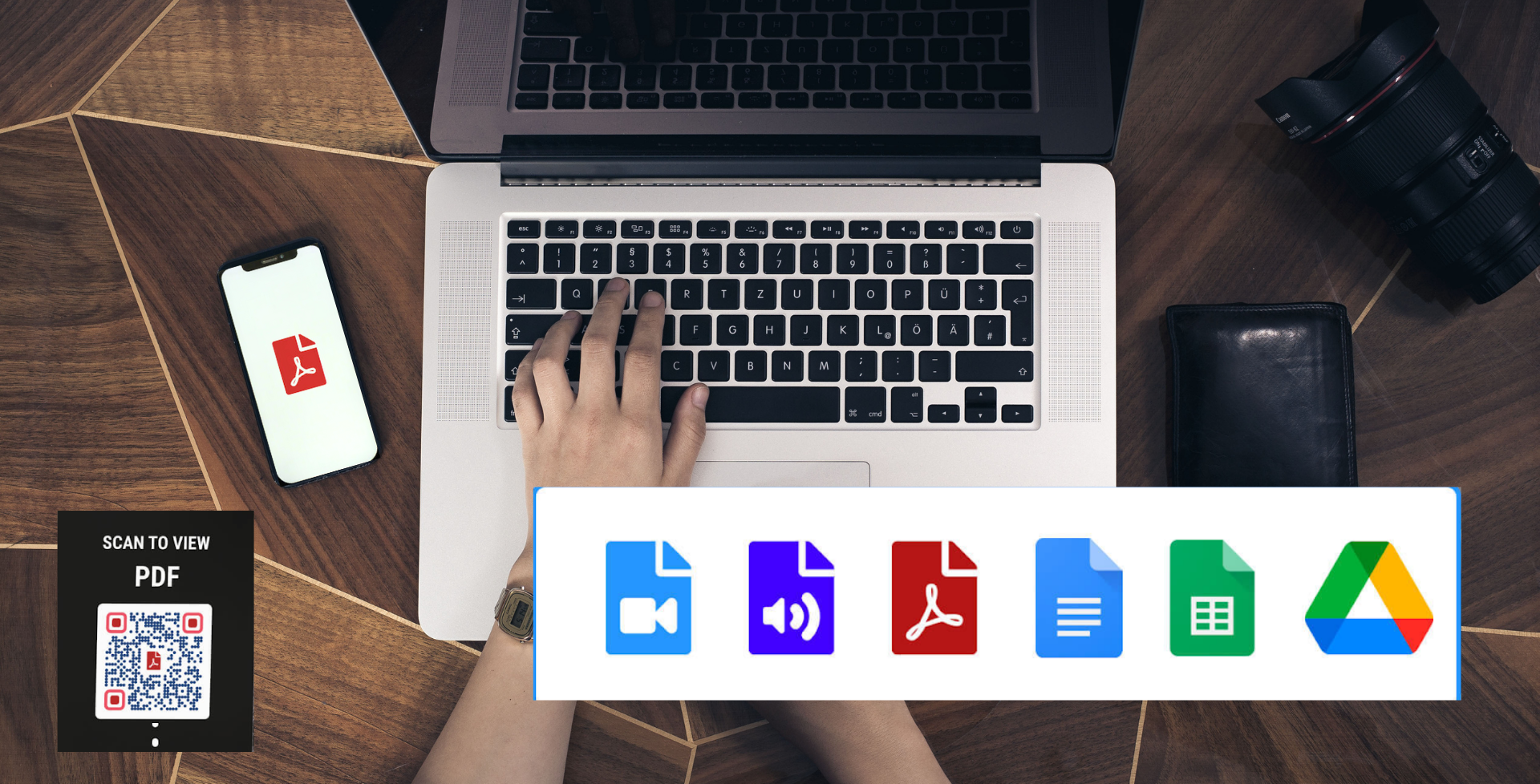
This type of QR code is a dynamic and flexible solution, allowing you to store and share various file types such as PDF, JPEG, PNG, MP4, Excel, and Word.
Creating and placing QR codes on your blog is an excellent way to enhance the reading experience for your customers. This not only helps them access content quickly but also fosters better interaction and connection between you and your readers. Don't hesitate to experiment and leverage the benefits of QR code technology to improve the reading experience on your blog.